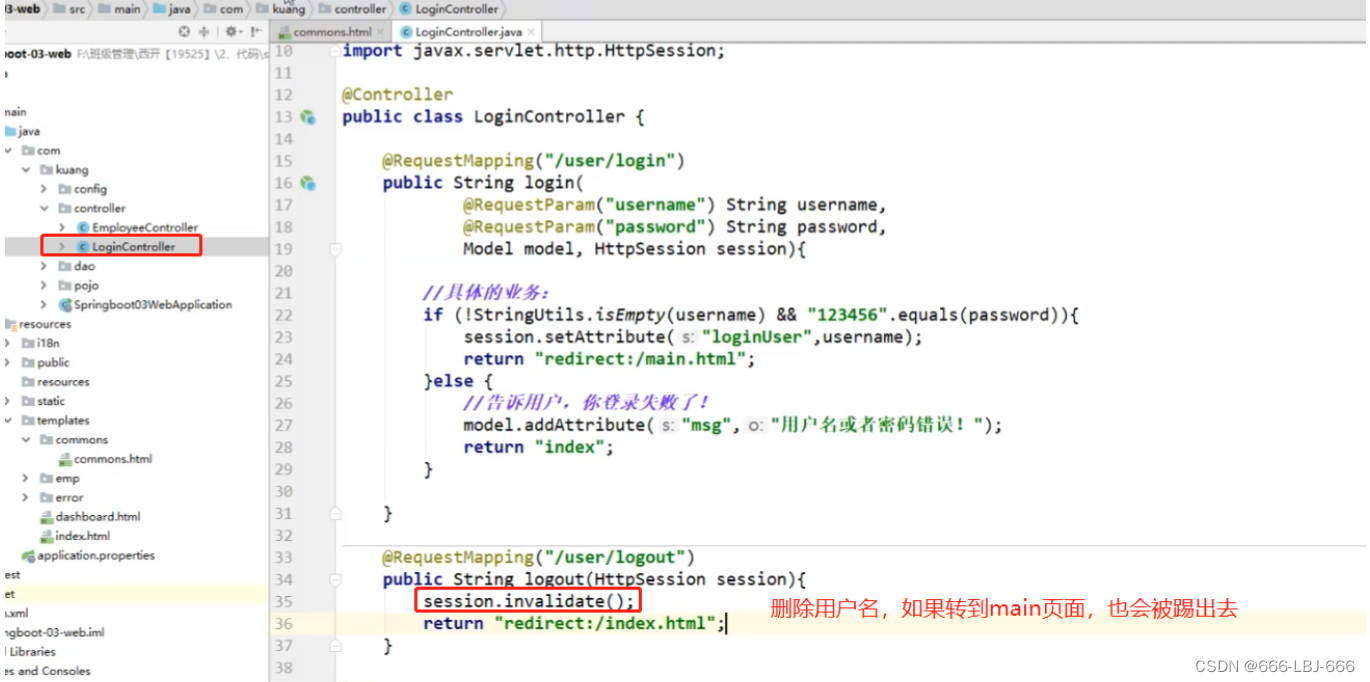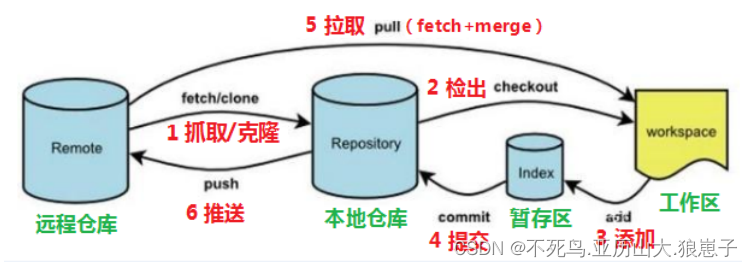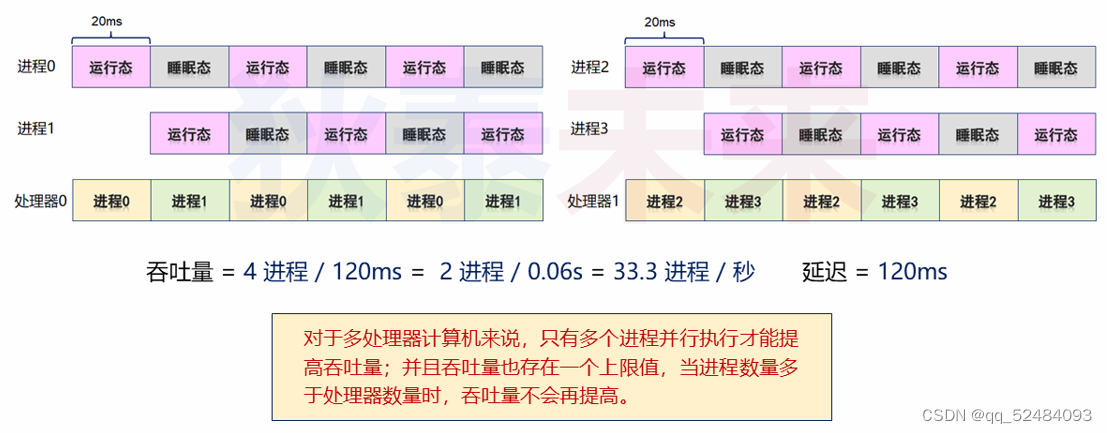给你一个链表的头 head ,每个结点包含一个整数值。
在相邻结点之间,请你插入一个新的结点,结点值为这两个相邻结点值的 最大公约数 。
请你返回插入之后的链表。
两个数的 最大公约数 是可以被两个数字整除的最大正整数。
示例 1:

提示:
链表中结点数目在 [1, 5000] 之间。
1 <= Node.val <= 1000
直接模拟即可:
/**
* Definition for singly-linked list.
* struct ListNode {
* int val;
* ListNode *next;
* ListNode() : val(0), next(nullptr) {}
* ListNode(int x) : val(x), next(nullptr) {}
* ListNode(int x, ListNode *next) : val(x), next(next) {}
* };
*/
class Solution {
public:
ListNode* insertGreatestCommonDivisors(ListNode* head) {
if (head == nullptr)
{
return nullptr;
}
ListNode *curNode = head;
while (curNode->next)
{
int gcd = getGCD(curNode->val, curNode->next->val);
curNode->next = new ListNode(gcd, curNode->next);
curNode = curNode->next->next;
}
return head;
}
private:
int getGCD(int i, int j)
{
int k = 0;
do
{
k = i % j;
i = j;
j = k;
} while (k != 0);
return i;
}
};
如果链表中有n个节点,此算法时间复杂度为O(n),空间复杂度为O(1)。
求公约数时,可直接使用C++标准库中的__gcd函数,它所在的头文件是algorithm:
/**
* Definition for singly-linked list.
* struct ListNode {
* int val;
* ListNode *next;
* ListNode() : val(0), next(nullptr) {}
* ListNode(int x) : val(x), next(nullptr) {}
* ListNode(int x, ListNode *next) : val(x), next(next) {}
* };
*/
class Solution {
public:
ListNode* insertGreatestCommonDivisors(ListNode* head) {
if (head == nullptr)
{
return nullptr;
}
ListNode *curNode = head;
while (curNode->next)
{
int gcd = __gcd(curNode->val, curNode->next->val);
curNode->next = new ListNode(gcd, curNode->next);
curNode = curNode->next->next;
}
return head;
}
};









![[每周一更]-(第53期):Python3和Django环境安装并搭建Django](https://img-blog.csdnimg.cn/direct/770eee4533cd46fd873d72282dcb3083.jpeg#pic_center)








